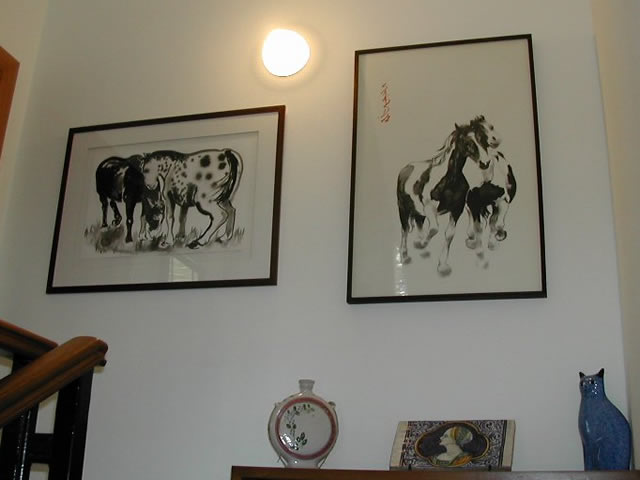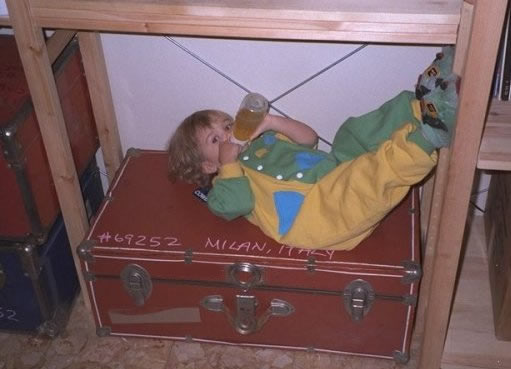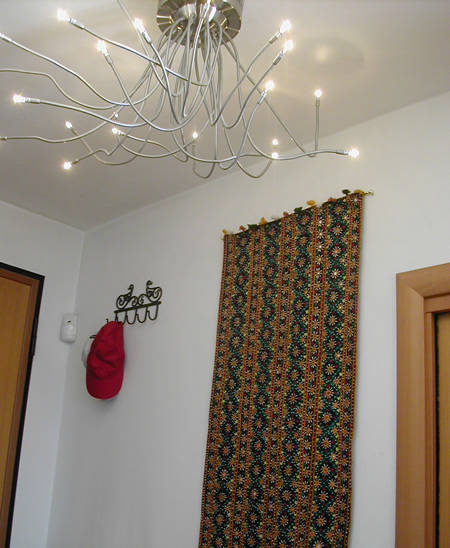Since I’ve been in Italy, I’ve gotten out of the habit of telephoning: anywhere, anyone, for any reason. Aside from the enormous difficulties of installing a phone line in Italy and keeping it working (which, if you’re lucky, you will only suffer through once), everything involved in using a phone is simply ridiculously difficult here.
They keep bringing us new phone books every year, but I haven’t actually opened one in as long as I can remember. Why? Because it’s almost impossible to find any useful information in them. When I left the US in 1991, I was accustomed to using the yellow pages to find businesses or services close to home. The categories made sense to me, and were usefully cross-referenced.
With the Italian Pagine Gialle, I soon gave up. There is some logic to how businesses are described there which completely eludes me. This may have been an early lack of vocabulary on my part, but there are other problems.
What if I already know the exact business I’m looking for and its address, and simply need a number to call them? Hah! Life should be so easy. The Pagine Gialle (or Bianche – white pages) don’t help there, either.
Next time you buy something with a credit card in an Italian shop, look at the credit card receipt, which carries the official incorporated name of the business. This name is often not even remotely similar to the shop name on the sign outside.
It is this official business name which gets listed in the phone books, I suppose because all of the business’ financial and legal documents, including its phone contract, are done in this name. Which is absolutely no help to you, the consumer.
The online version of the Pagine Gialle has the same problem. At a conference I attended in Torino last December, one of the speakers was an exec from PagineGialle.it. I cornered him afterwards to ask about this.
"It’s our biggest problem," he sighed. "To have anything other than the official business name listed, they have to pay. Most don’t bother."
No concept of "doing business as", evidently.
So, if you use a business that you think you might want to call sometime, be sure to pick up a card and take it home – that’s the only way you’re ever going to find their number.
This doesn’t apply to larger and non-storefront companies – most of those are listed under the name you’re familiar with, so you can find a number and just call, right?
Wrong.
Not many Italian companies seem to be using voicemail, which phone-tree-scarred Americans might think is a relief. In Italy, you call a central switchboard number, you get a live person.
But who have you got? As Michelle points out, it’s not necessarily a receptionist. I have seen with my own eyes security guards at the entrance to one of Fastweb’s corporate HQs in Milan, attempting to shepherd visitors through an elaborate entry process (including printed badges with photographs) – while simultaneously answering switchboard and tech support calls!
It’s no wonder, then, that no receptionist I’ve encountered in Italy has ever offered to take a message and have me called back, and they seem surprised and offended when I request it. The best you’ll get is: "He’ll be back after so-and-so time, call then."
All this probably accounts for the rapid spread of cellphones in Italy. There has never been a directory of cellphone numbers, but no one missed it because the landline directory we already knew was of limited usefulness anyway. People print their cell numbers on their business cards, so you’d better hold onto those and/or put the numbers into your phone.
With a cellphone, you don’t have to go through a switchboard, and, in the rare event that a call goes unanswered, you can always leave a message or send an SMS.
All of this fits neatly into Italy’s cultural preference for personal connections. Cold-contacting a new company (even if you want to buy something from them!) can be damned near impossible here: it all depends on who you know personally – and having their cellphone number.


















